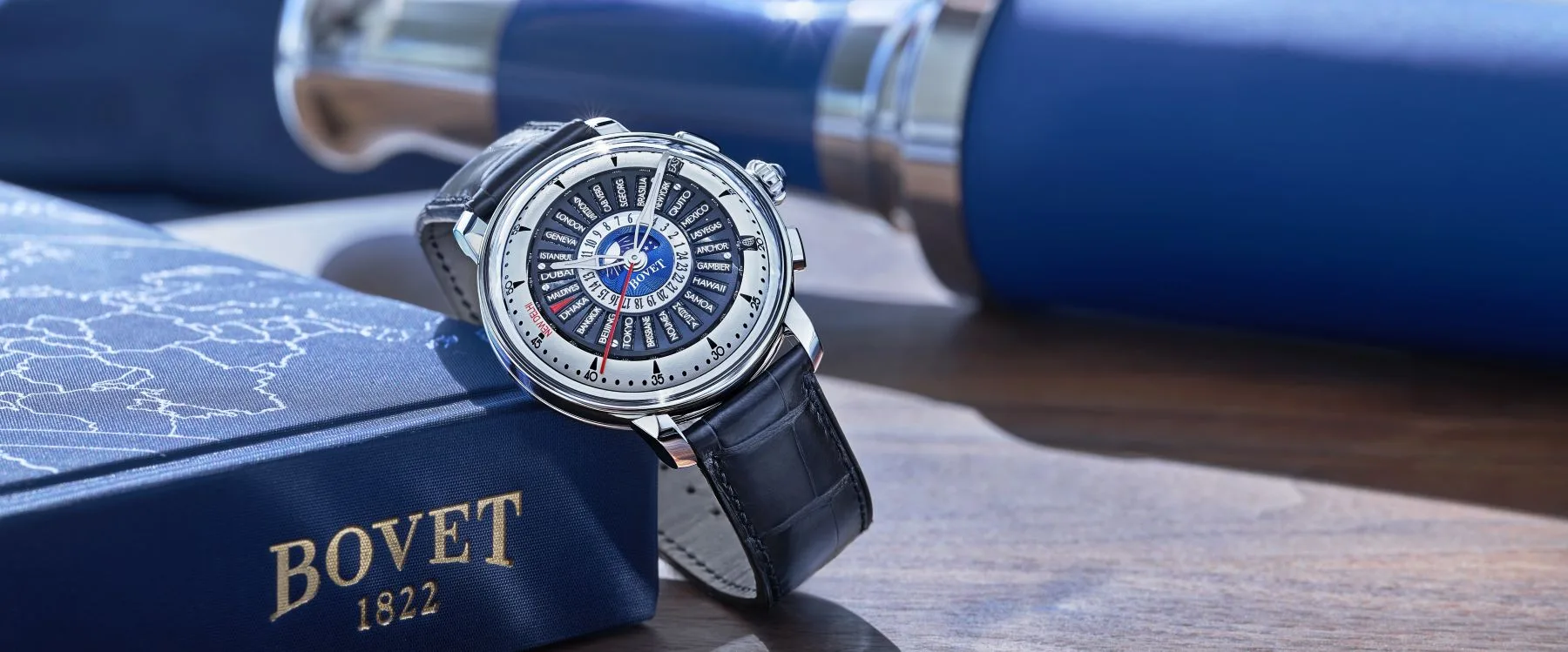Ice on Earth
Earth is heating up because humans have made the atmosphere more effective at trapping energy. As a result, glaciers and ice sheets are shrinking, releasing water into the oceans and raising sea levels.
The Greenland Ice Sheet alone has lost about 3600 billion tonnes of ice since 2002. Melting ice is one of Nature’s clearest indicators of rising temperatures. Ice acts as a solar reflector, so when there is less ice the planet absorbs more of the Sun’s energy, raising temperatures and melting more ice. Over our planet’s history, this feedback has amplified small climate changes enough to push the planet in and out of ice ages. Therefore, it is critical that we understand how ice melts if we are to predict how the world will change as it warms. However, melting glacier ice is not as simple as it first appears. Glacier melting is controlled mainly by how much solar energy can be absorbed by the ice surface, which depends upon the ice’s colour. The darker the ice, the more of the incoming energy is absorbed and potentially used to drive melting. This is why teams of scientists spend their lives studying the colour of ice and snow from the ground, the sky and even from space.

The Colour of Ice
Earth’s ice can exist in a surprising range of colours including white, blue, grey, brown, purple and black depending upon the ice physics and the materials stored within it. For climate scientists, it is more useful to talk about the ‘albedo’ of the ice rather than its colour, because some of the sun’s energy arrives in forms that humans cannot see. Albedo refers to the portion of all the incoming energy reaching the ice that can escape back out again rather than being absorbed, which is a major factor in the rate that glaciers melt. On the Greenland Ice Sheet for example, there is a dark stripe running up the Western coast that remains unexplained but is certainly increasing the rate of ice sheet melting. Many processes can cause glaciers to darken. One is water filling spaces between ice crystals, another is darker materials present within the ice, including fragments of minerals and soot from wildfires or humans burning fossil fuels. However, there is another powerful albedo-reducer that scientists have only recently begun to study in detail: microbes.
Life on ice
Glaciers and ice sheets are often thought of as being lifeless places with conditions too extreme for

even microscopic life to survive. On the contrary, ice surfaces can be sites where microscopic life thrives, to such an extent that it can dramatically discolour glaciers and ice sheets and increase the speed that they melt. There are two main habitats on ice surfaces. One is algae that grows directly on the ice surface. These algae produce a dark brown-purple compound that acts as a natural sunscreen and protects them from intense sunlight and also makes these algae very effective albedo reducers that speed up ice melt. The second habitat forms when mineral dusts and other debris get tangled up in long, stringy bacteria and form granules. Theses granules melt down into the ice and form holes. The granules are called ‘cryoconite’ and the holes known as ‘cryoconite holes’. Together, these habitats form an icy ecosystem that supports more microbes than the top 200 meters of all of Earth’s oceans and yet we have only begun to scratch the surface of understanding the role these microbes play in the Earth’s ecological and climate systems. Cryoconite holes are best thought of as micro-scale cities constructed by and for microbes on ice surfaces. Many of the organisms living in them would not be able to live on ice surfaces if cryoconite holes did not exist. In them, microbes both compete and cooperate. Some microbes pull carbon down from the atmosphere and turn it into organic molecules which other microbes consume and release back into the atmosphere. There is immigration and emigration of microbes in flowing melt-water as well as import and export of nutrients and waste. While they may look like simple puddles of mud, these are extremely complex systems that enable life to thrive on Earth’s glaciers and ice sheets.

Threatened Icy Ecosystems
As temperatures rise, wider areas on glaciers and ice sheets start to melt – these are the areas where microbial life flourishes. However, microbial life darkens the ice and causes it to melt away faster, presenting an existential threat to glacier ecosystems. Many areas are facing complete loss of their ice cover in the next few decades, meaning these icy ecosystems may cease to exist outside of the high Arctic and Antarctic within our lifetimes. These are remarkable ecosystems that survive extreme conditions using survival strategies that we don’t currently understand well. They may well hold information in their biochemistry that we can use to improve medicine, food storage and antibiotics, or mitigate the ecological effects of human pollution.
The Future
We now know that these microbes are darkening glaciers and ice sheets, but we still don’t know how much of an effect they are having, which means we can’t build them into our models of future ice melt. One of the big challenges is mapping glacier microbes from the air ; until we are able to map them we cannot know how much of Earth’s ice they cover so their impact on melt worldwide will remain unknown. Subjecting these microbes to a range of environmental conditions in laboratories and observing their behavior in nature will be crucial for understanding their role in Earth’s biosphere and their potential as sources of valuable molecules. It has also often been suggested that alien life elsewhere in our solar system is most likely to be microbial life in ice, for example on Jupiter’s moon Europa and Saturn’s moon Enceladus. This tantalizing possibility is best explored with deep knowledge of icy life on our own planet.

About Dr. Joseph Cook
Joseph describes himself as a “curiosity- driven scientist who doesn’t mind getting cold”. He is an accomplished rock climber whose love of wild landscapes drew him to study natural systems – in particular the interactions between living and non-living parts of our planet. For a decade, he has been drawn to glacier ecosystems because Earth’s ice is “an environment where entire landscapes can change dramatically over days or even hours and the role played by biology remains mysterious”, and also because “uncovering new knowledge about the Arctic is critical for understanding how the entire planet functions”.
Since 2016 he has worked on the UK National Environmental Research Council’s ‘Black and Bloom’ project, at the University of Sheffield (UK) where his remit is to measure and model biological darkening of ice. In 2016 he received a Rolex Award for Enterprise which he applied for after one of his mentors, Dr Andrew McGonigle, received the same award in 2008. In his own words, the Rolex Award has been “a step-change in my career and a uniquely enriching experience, especially because I have been able to work with inspirational people within the Rolex network”. He is currently working with other Rolex laureates to develop sensors for detecting natural hazards on glaciers, volcanoes and in deserts as well as working on drone-mount- ed sensors for detecting microbes on ice from the air and other aspects of life on ice.
www.tothepoles.wordpress.com @tothepoles
Rolex Awards for Enterprise
Since 1976, Rolex has honoured extraordinary individuals who possess the courage and conviction to take on major challenges. The Rolex Award for Enterprise are given to projects anywhere in the world that deserve support for their capacity to improve lives, or protect the world’s natural and cultural heritage.
Rolex recognizes the refreshing approach that young people have to solving problems. The first set of Awards devoted to Young Laureates, aged between 18 and 30 years, took place in 2009 with the idea of supporting visionary young men and women at a critical juncture in their careers. In 2018, the programme is seeking Young Leaders who have an initiative to advance human knowledge or improve life on the planet.
Each winner receives 100,000 Swiss francs. In addition, Rolex ensures winners receive access to its network of more than 100 past Laureates, as well as the benefit of international publicity through media coverage and the Rolex Awards website.

















One Response
I was fascinated to learn about cryoconites. I’m surprised at your assertion that they have more biomass than the top 200m of ocean, given that differences, density and distribution of cryoconite and holes seems to need much more study – it’s good to have a ballpark, though. Also I wonder if microplastics are now creating cryoconite holes. You are dong fantastic work Joseph, and please continue to raise awareness. Good luck!